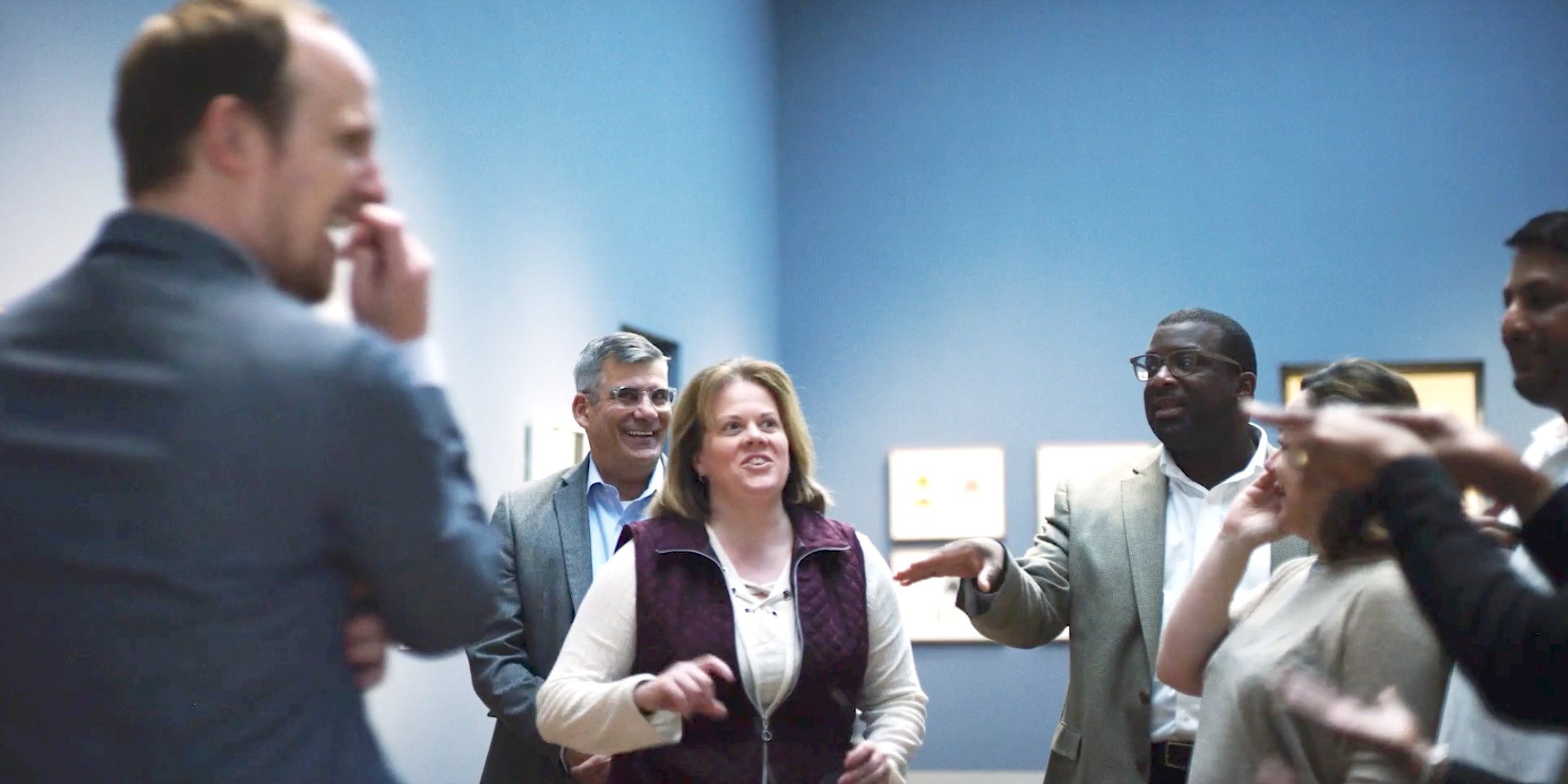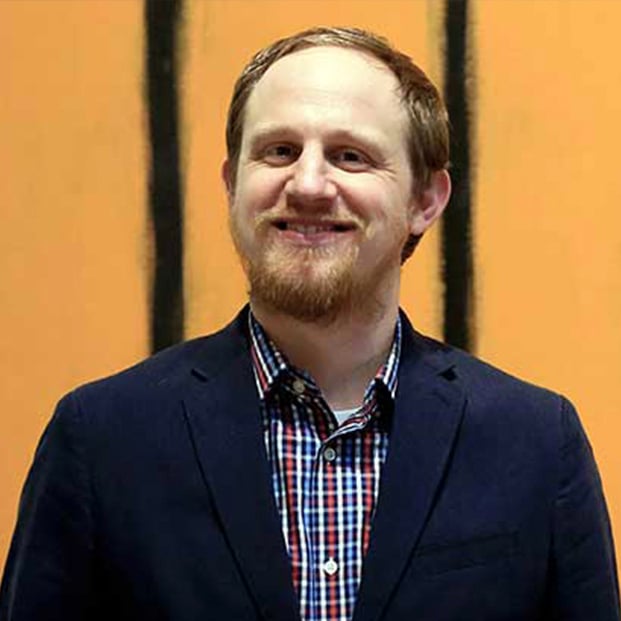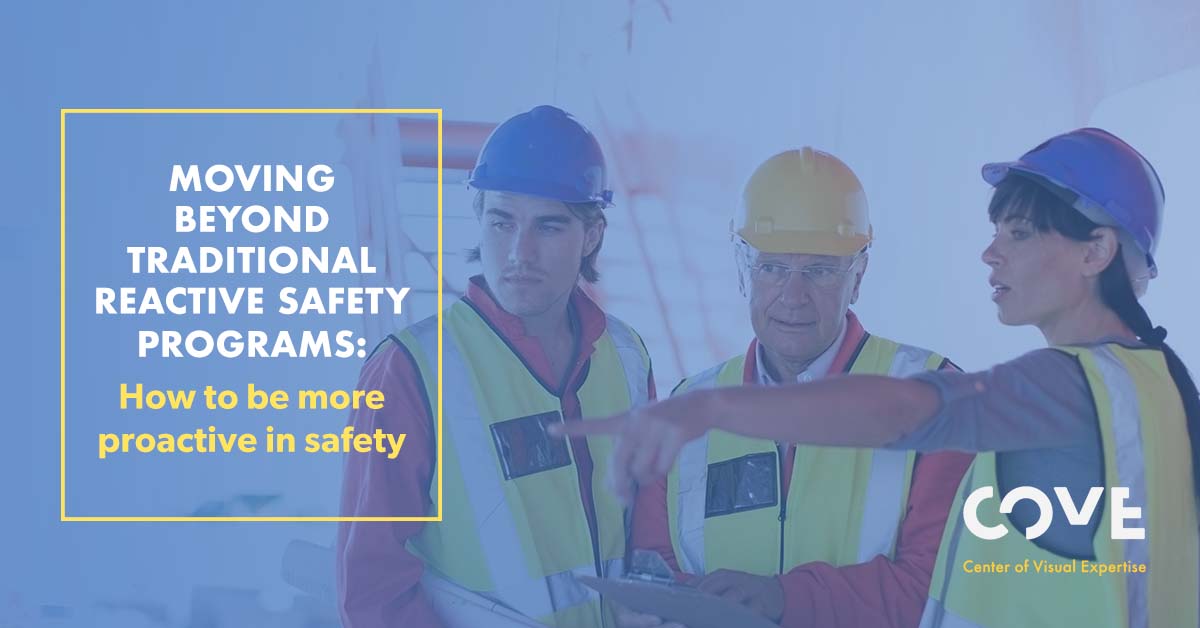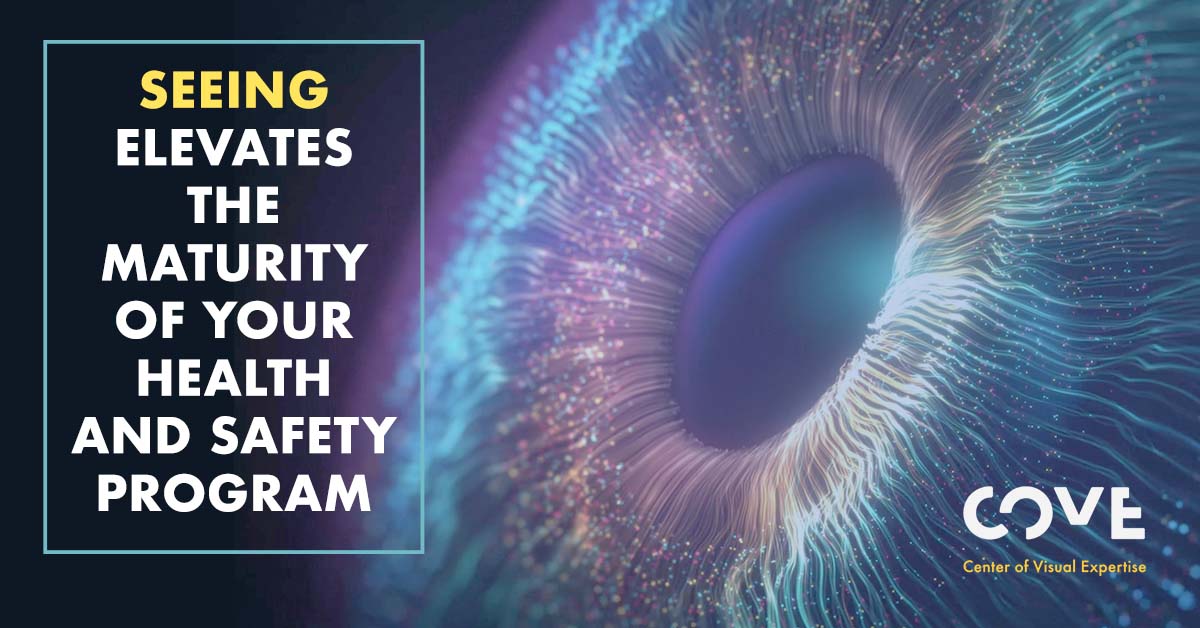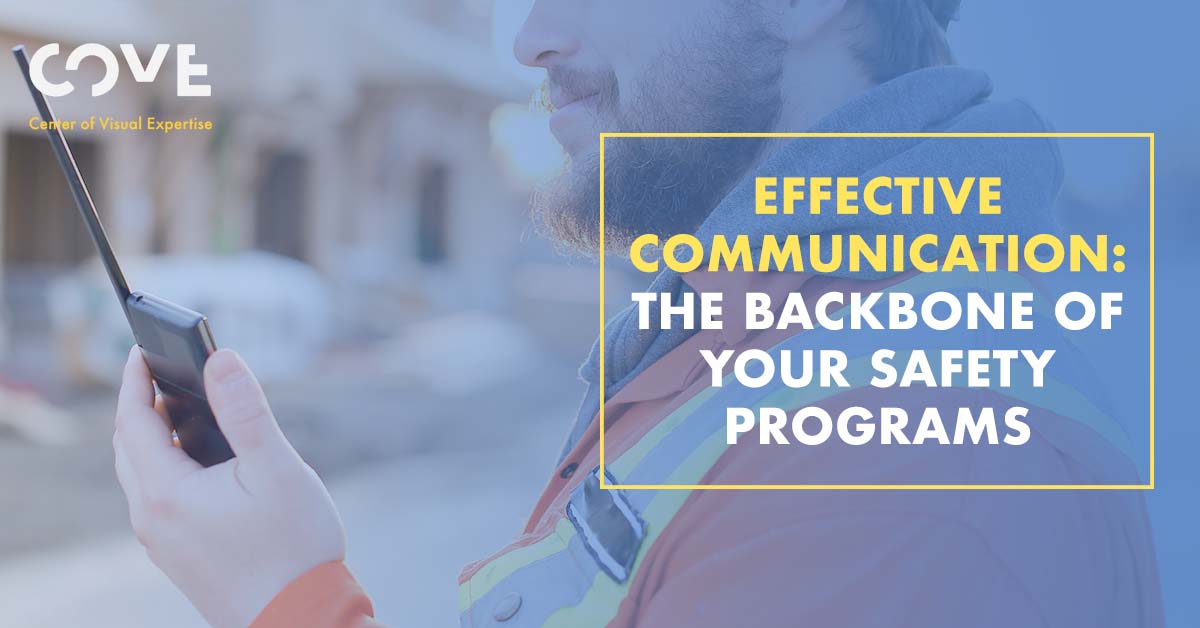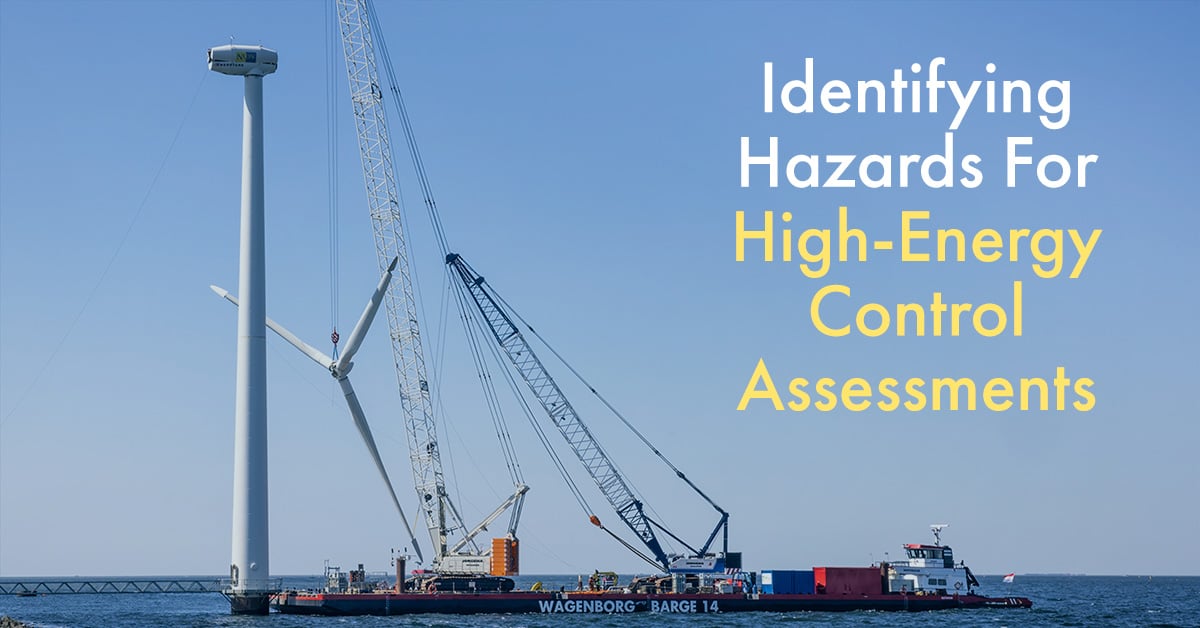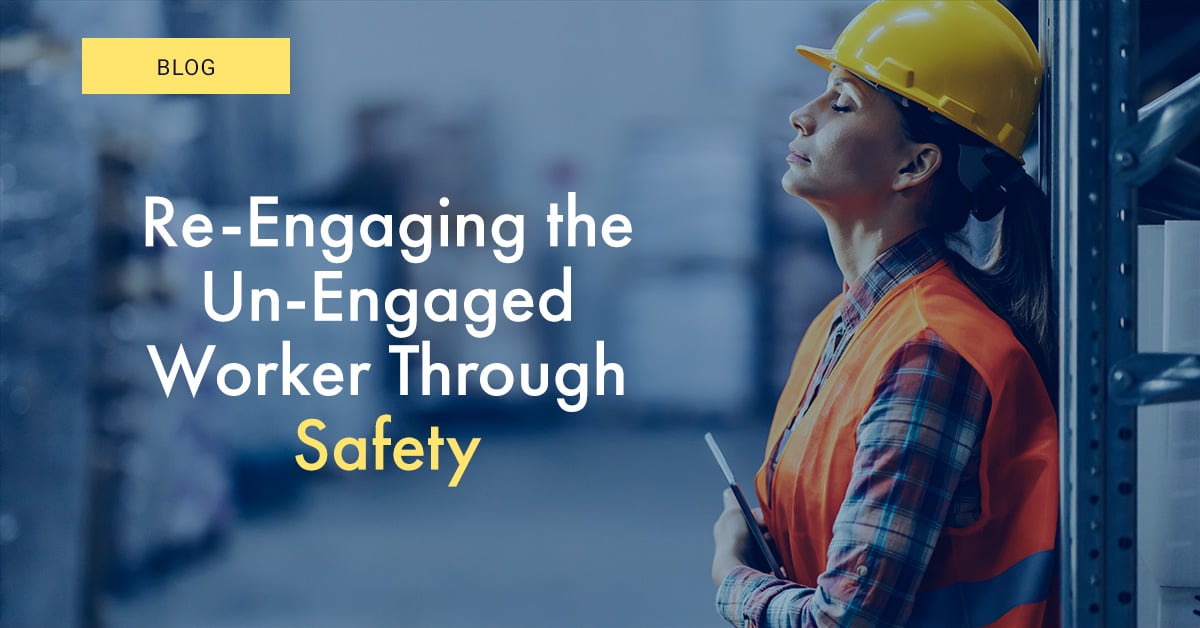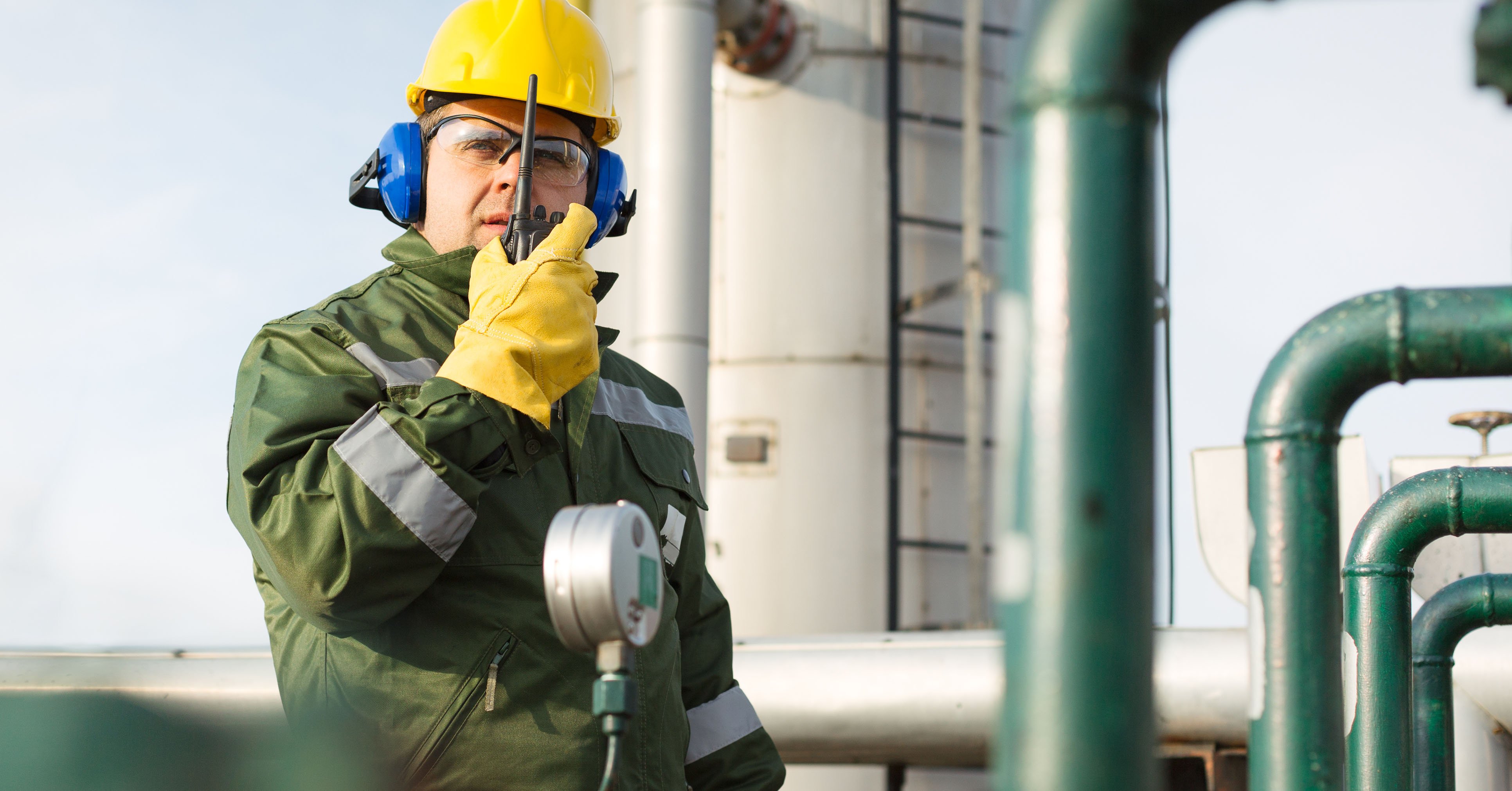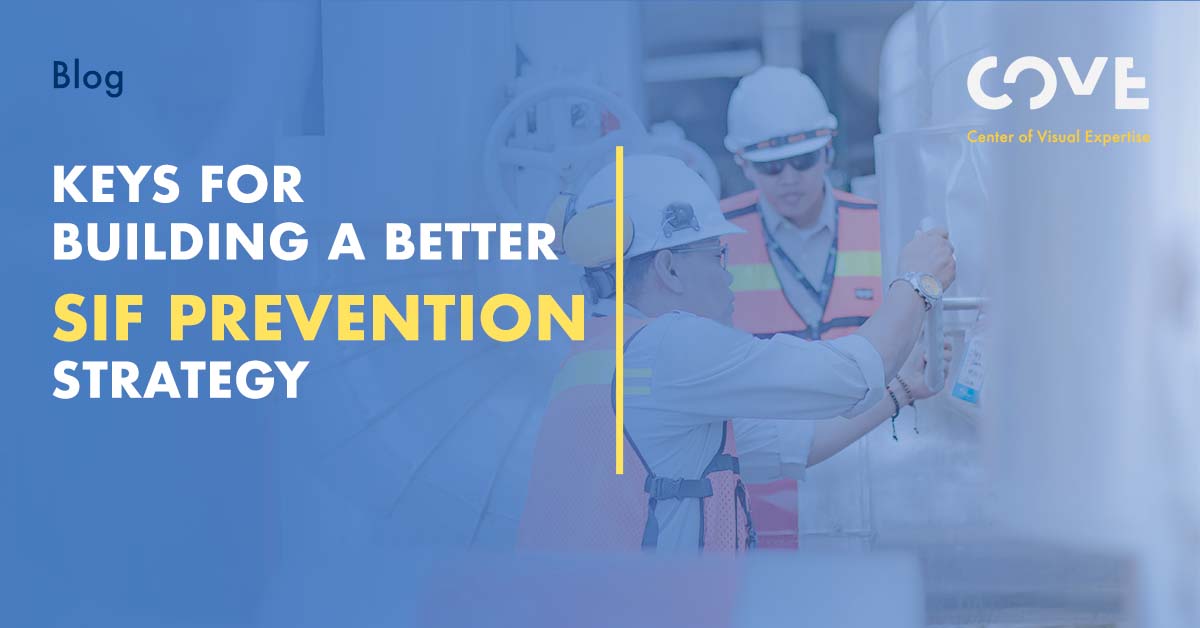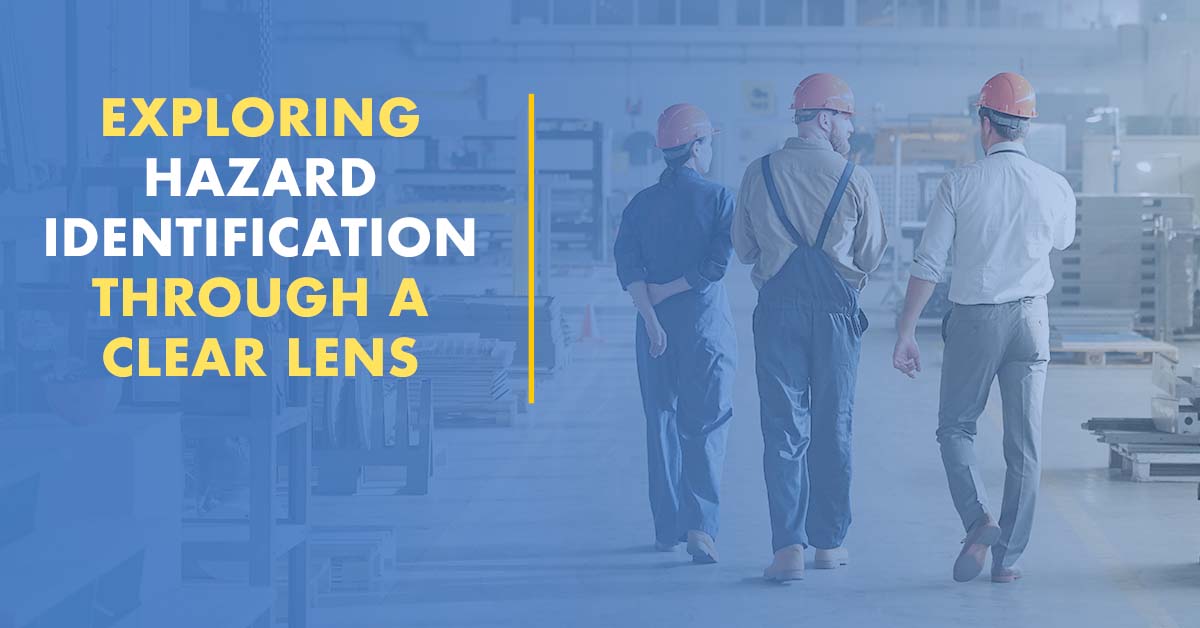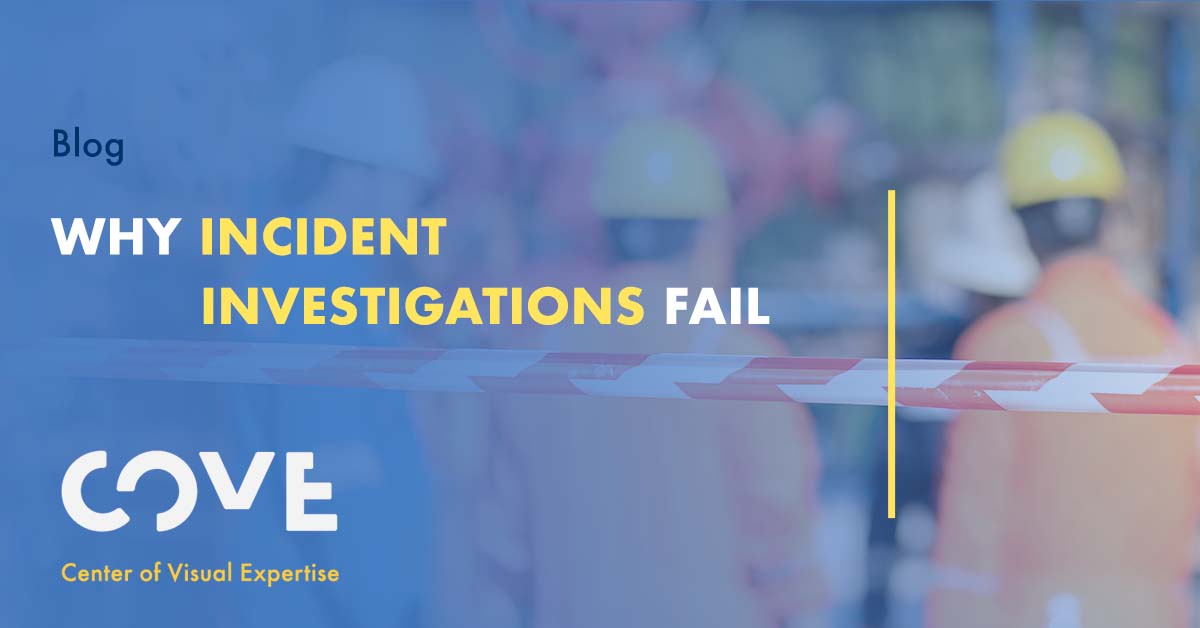By Mike Deetsch on Dec 12, 2018 1:25:00 PM
When I began working on our Visual Literacy program at theToledo Museum of Art I was excited to leverage my experiences as an art museum educator. The majority of my time is spent in museum galleries trying to connect audiences with works of art that span history and the globe. It is an equally fun challenge helping people relate to ancient Egyptian iconography as it is to an Andy Warhol print of Marilyn Monroe. Working with people to help find relevance in works of art is not always easy, but through dialogue, games, and play you can break down that perceived barrier between viewers and works of art. Ultimately, I want viewers to not only see ‘themselves’ in these works, but also to realize that the same skillset one uses to understand a work of art can be applied to everyday life.
TMA’s Visual Literacy program was first rolled out to all staff and volunteers, around 300 individuals, in 2014 as a means of providing the above modes of connecting and understanding both their art viewing and work experiences. Around this time TMA was approached by a small team from Owens Corning, those that worked in the area of environmental health and safety. They said the problem they continued to see arise, no matter how much training they provided, is that accidents in the workplace happen and that the hazard was ‘in plain sight’ but not visible at the time.
Since this time, staff at TMA have gone on an interesting journey as we have been approached by more and more safety professionals and learning how ‘seeing the world’ is a key skill needed in all aspects of work and life. Not knowing early on how Visual Literacy, taught by an art museum, would benefit professionals in Industry, I have been more than impressed by these amazing and thoughtful professionals. How they have pushed their own thinking on what a traditional safety training program can and should be. And that when it comes to the safety of their colleagues they are willing to invest the time and resources to be the best.
